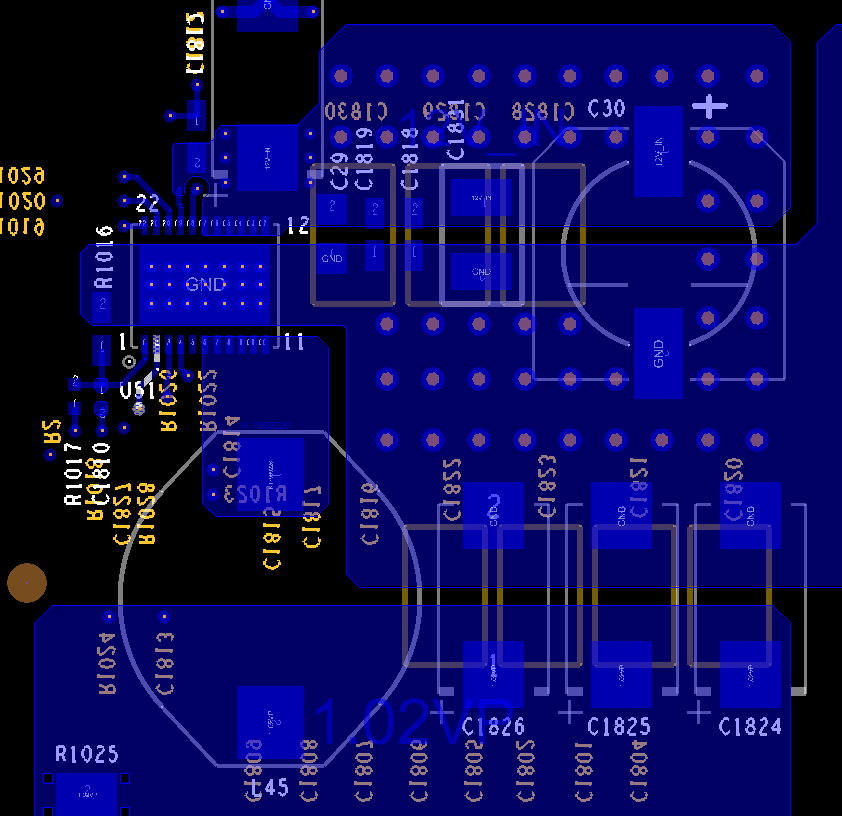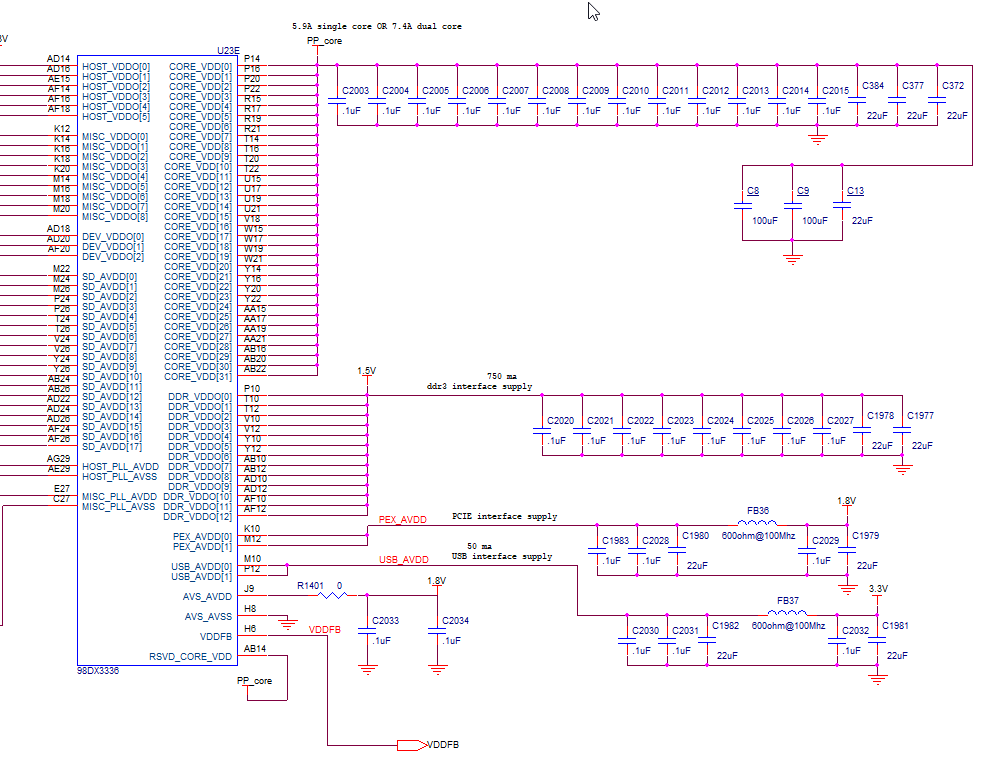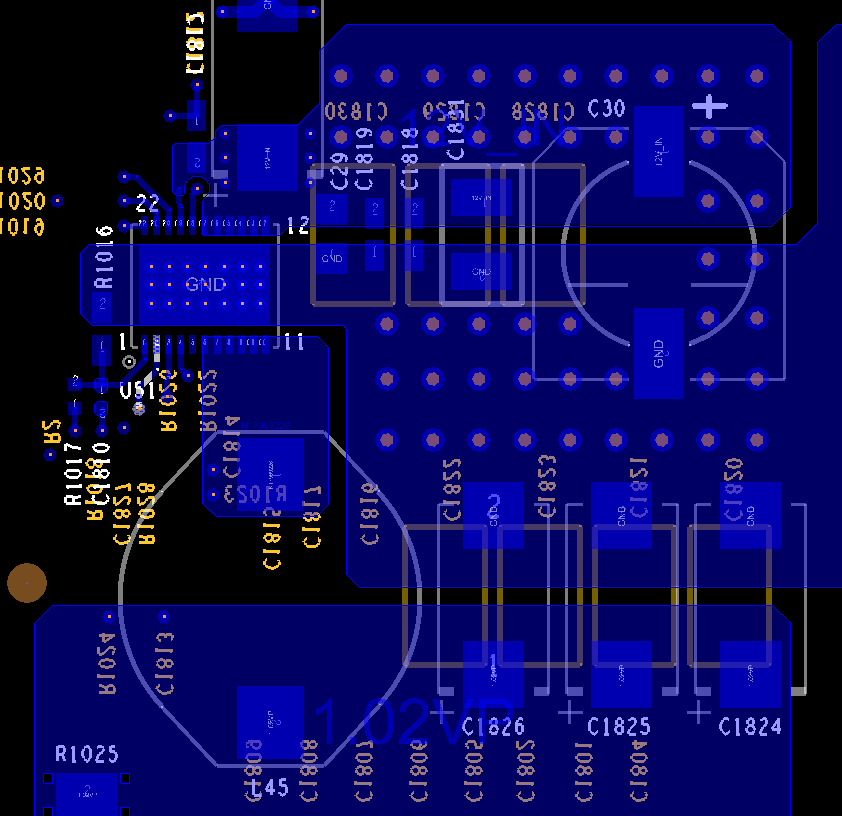I have this part on two new designs and the 12VDC input has very large voltage spikes when i turn on this regulator. the output from this (1.02VDC) look good and quiet.
I have more than enough input and output capacitance which are a mixture of ceramic, Polymer, Tantalum and alum types trying to calm this down.
Can i get some help on this? I can supply the schematic, layout and BOM for the circuit. this part is trickier than any other regulator i have used so i could use some help with some of the math equations i see in the datasheet. maybe R7 needs to be modified in your figure 38 on the datasheet?
I really stuck right now so if you could get back to me quickly that would be best for me.
Brad





